Although it is often overshadowed by Barcelona and the sunny south of Spain, Madrid is still a Spanish city that is well worth visiting. It gets its fair share of tourists in the summer – mainly from travellers who are popping into the capital while exploring Spain. But what about Madrid in winter? It’s a bit chillier, sure – but is it still worth visiting?
I’ve been to Madrid a few times, either visiting friends who lived there and stopping off on extended layovers. But in February this year, I ventured on my first trip to Madrid in winter. So, let’s chat about Madrid in chillier times, see what there is to do there (and what you can’t do during winter) and evaluate if it’s worth visiting!
What temperature is Madrid in winter?
If you’re flying to Madrid from northern Europe, you should notice a difference when you get off the plane. Madrid is substantially further south than, for example, London – so you’ll probably be able to shed a layer when you arrive! The temperature does differ depending on the month though.
- Madrid in November has average highs of 13 degrees and lows of 6 degrees, with around 6 days of rain.
- Madrid in December has average highs in 10 degrees and lows of 4 degrees and also has around 6 days of rain.
- Madrid in January sees highs of around 10 years and lows of 3 degrees and around 5 days of rain.
- Madrid in February gets highs of 16 degrees and lows of 6 degrees and again, about 5 days of rain.
What should I pack for Madrid in winter?
The weather can change – so do check with the forecast before you go to Madrid. Generally, a coat with a jumper and long trousers will suffice – but you might want a scarf, hat and gloves on the coldest days!
Equally, you might find that some days are warm enough for no coat (maybe even t-shirt weather at either end of winter!).
Where to stay in Madrid in winter?

One of the best things about visiting Madrid in winter is that accommodation will generally be a little more affordable. So you could treat yourself and level up to a more luxurious accommodation option!
Hostel: Hostel One Madrid offers dorm and private rooms, and is located in a central spot in the heart of Madrid. It’s got a friendly atmosphere, welcoming staff, and great breakfasts! It’s a big hostel, so should be busy even during the quieter months. Click here to read more.
Budget Hotel: Velazquez 45 is in the Salamanca District, offering small but modern affordable single, twin, and double rooms. The rooms are bright and airy, with comfy beds and crisp linen, but rates are low. Breakfast is offered on the property. Click here for more information.
Mid-Range Hotel: Only YOU Hotel is a 4* property with swish, modern, spacious rooms. It’s close to Retiro Park and next to Atocha Station, and has a fancy restaurant and bar on site. Click here for more information.
Luxury Hotel: URSO Hotel and Spa is perfect for those who want a bit more pampering while in Madrid. It has a spa and a gym as well as unique decor throughout the hotel. The rooms are comfy and roomy, some with their own boutique features, and the entrance hall is welcoming and trendy. The 5* atmosphere is retained through the staff, who endeavour to give every guest a memorable stay. Click here for more information.
Things to do in Madrid in winter
Walking tour of the historic city

Walking tours run year-round, and cover the historic city centre. We did the free tour with SANDEMANS and were guided from the Plaza Mayor all around the city, taking in some of the best historical features as we went. It was a chilly February morning, but we soon warmed up walking around and learning about some of Madrid’s fascinating tales!
Spanish inquisition walking tour
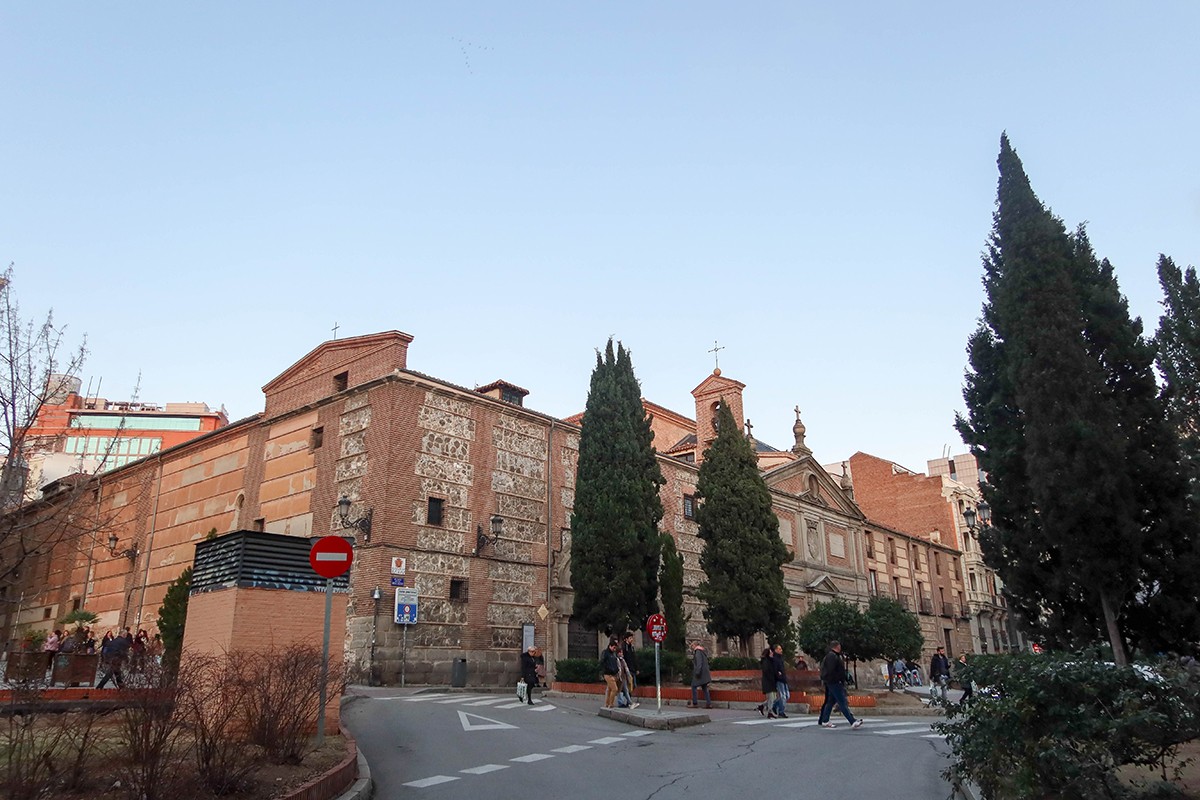
There are also various themed walking tours in Madrid – we also did the Spanish Inquisition walking tour. This tour focuses on the Spanish inquisition, which was, very bluntly, Spaniards inquiring as to people’s religious beliefs.
It started out as a campaign to protect the Catholic church in Spain, but spun out of control and turned into a violent and oppressive regime where entire populations got banned from Spain.
You’ll learn all about what really went on in the Spanish Inquisition and how it changed the country forever, as well as see some sights that were instrumental in the movement.
Something that I found interesting was learning about why Spanish butchers have legs of ham hanging in their windows. This goes back to the Spanish Inquisition days. Because the Catholics were persecuting the Jewish and Muslim populations, Catholics would hang up ham to prove that they ate pork (neither Muslims nor Jews do). The paranoia of the Spanish inquisition stuck around for a long time, enough to ensure that hanging legs of ham in the window was a tradition.
Click here to book a Spanish inquisition.
Explore the Plaza Mayor
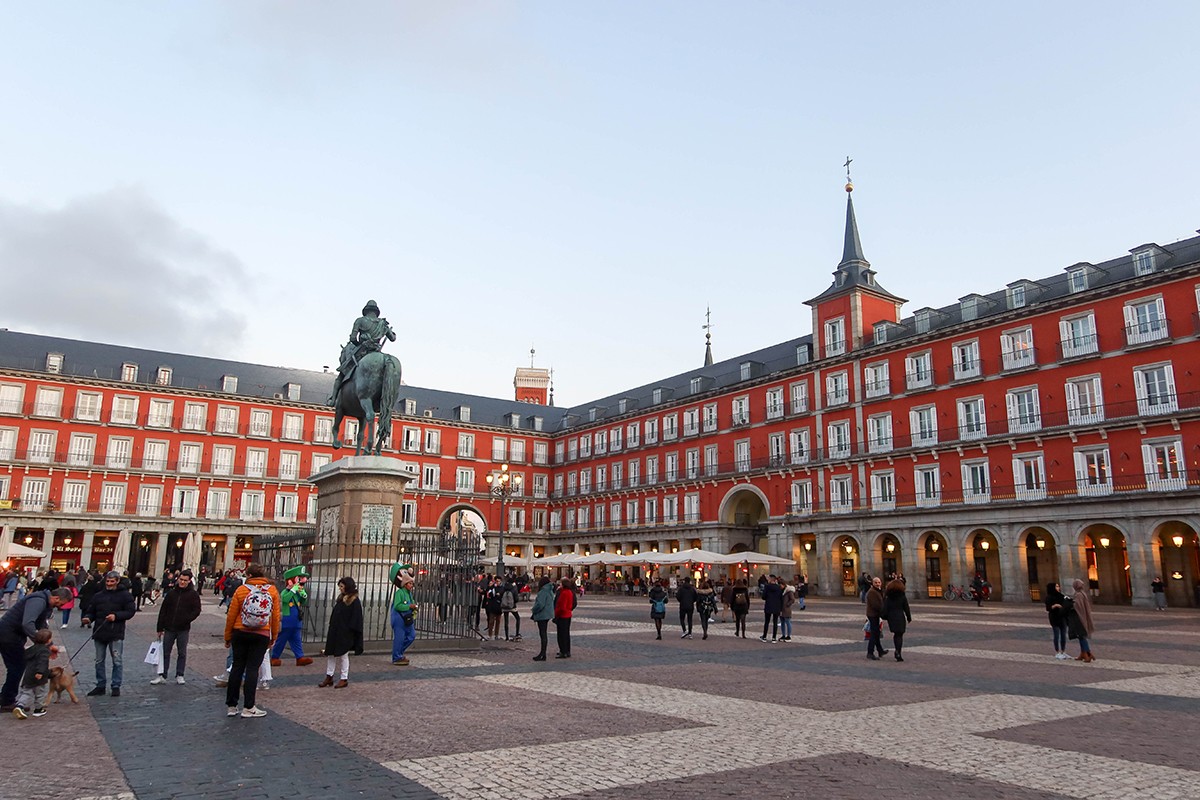
If you do a walking tour, you’ll probably meet in the Plaza Mayor – but it’s worth taking some time to look around and soak it all in – this square is the central point of the city, and one of the best things to do in Madrid. Plaza Mayor dates back from 1790, although it was a market square prior, and a bullfighting ring long before that.
Here are some places in the Plaza Mayor to look out for:
- Casa de la Panaderia, which used to be the city’s oldest (and cheapest) bakery but now houses some of Madrid’s Municipal Archives.
- The Statue of King Phillip III is supposed to be one of the most valuable works of art in Spain, and marks the middle of the square.
- Arco de Cuchilleros is the largest archway that stands at the ? side of the square. Cuchilleros is named after the knife makers that used to live on the road.
Go for a walk in Retiro Park
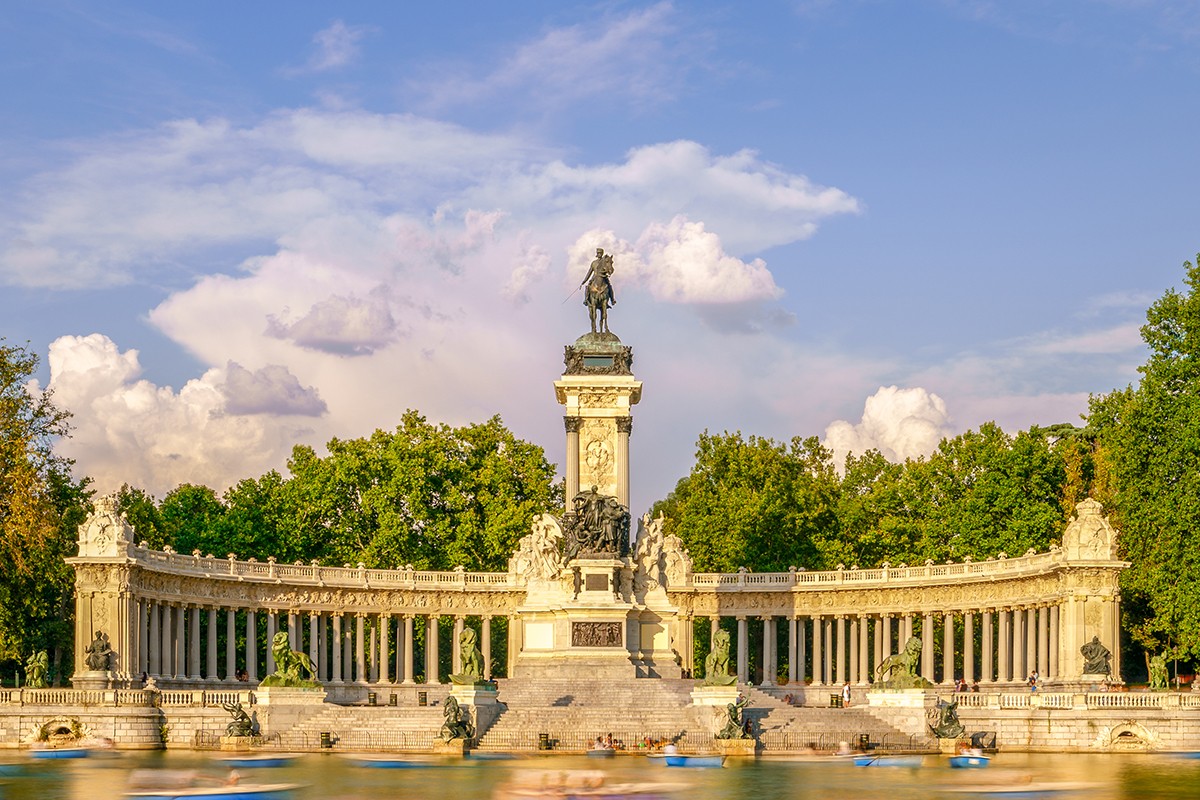
This is definitely a better summer Madrid activity, but if you’ve got dry weather, it’s worth taking a stroll around Retiro Park any time of year. Retiro Park is Madrid’s iconic green space, and it is home to various different gardens which are inspired by different flowers and places around Spain and the world.
There’s a large artificial lake – you probably won’t be rowing on it in the winter, but it is an option in the summer – as well as the Glass Palace and Velazquez Palace which are exhibition halls.
Retiro Park may close suddenly if the weather changes – so best not to head here during any storms!
If you want to learn more about Retiro Park, you can click here for more information.
See an ancient Egyptian temple
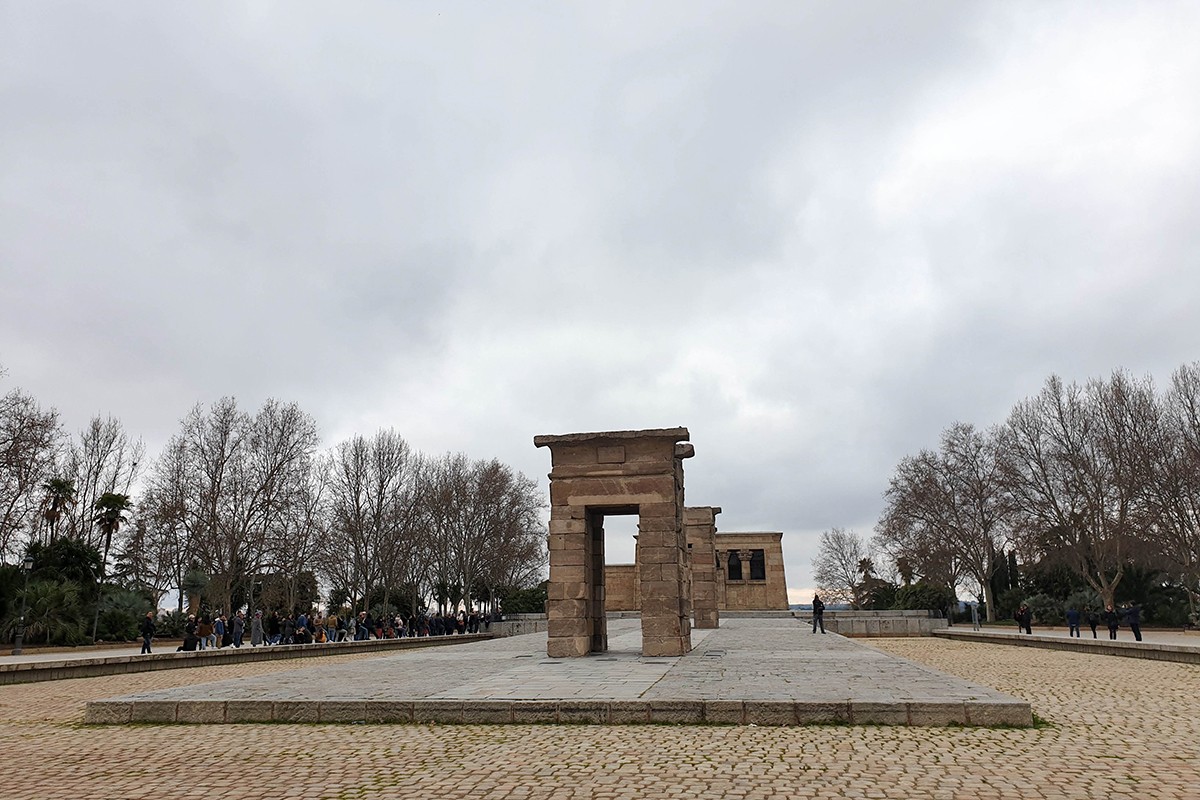
Located in another of Madrid’s many parks, Cuartel de la Montana, the Temple of Debod was given to Spain from the Egyptian government. It was built in Egypt in 2 BC, as a place dedicated to the god and goddess Amun and Isis. The Temple of Debod was given to Spain in the 20th century, as a gift to thank them for their help in building a dam in Egypt. It was transported piece by piece and rebuilt in its current location, opening for tourism in 1972.
You can admire the Temple of Debod from outside, and check out the inside too – it is free entry, but you might have to queue a little to get in!
Walk down the Gran Via
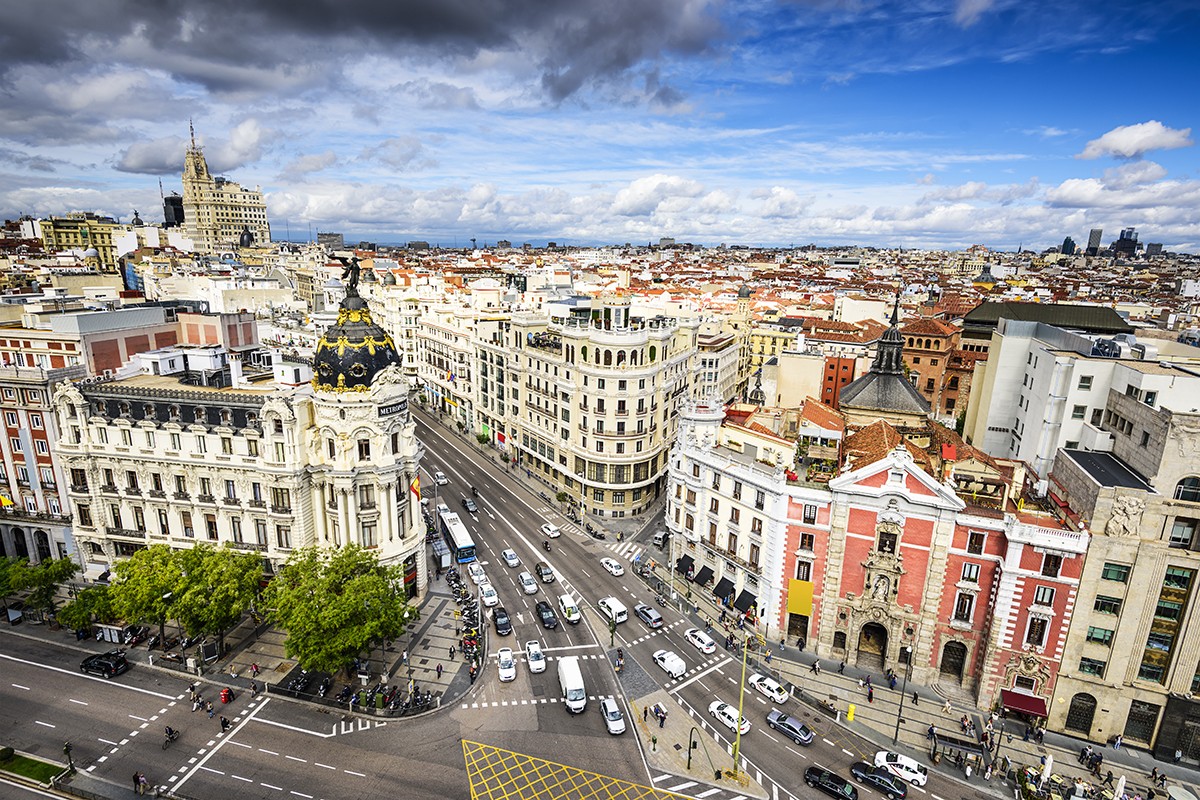
Gran Via is to Madrid what the Champs Elysees are to Paris. This majestic street is synonymous with the city, and is somewhere that features in many Madrid-focused films and TV programmes. Centered in the Gran Via is The Metropolis Building, which punctuates any picture that you will see of the famous street. Other than the architecture, it’s a fun place to enjoy food, shopping, and entertainment.
Hang out in Puerta del Sol

Madrid’s second square, Puerta del Sol is the centre of Madridian – and largely, Spanish – life. Look out for the kilometre zero slab, which marks the starting post of the six national roads in the country.
Another point of interest is the statue ‘El Oso y El Madrono’, which features a bear and a strawberry tree. Madrid’s previous name was Ursaria, a Latin word for ‘land of bears’. It was named so due to the bears living in forests around the settlement – there aren’t so many nowadays though!
The clock of Puerto del Sol is the main clock of the city – a popular place for people to gather on New Year’s Eve!
Look out from the top of Palacio de Cibeles

The Palacio de Cibeles is located in the, similarly named, Plaza de Cibeles. It was built between 1907-1919 to accommodate a post office. The particular design was chosen for its affordability, although it ended up costing 12 million pesetas, which is about $76,000 – a lot of money for the early 20th century and 3x more than the original price!
The Spanish Civil War saw a lot of destruction throughout the capital, but the Palacio de Cibeles was largely undamaged – apart from some bullet holes. The building changed hands in 2003 and became a government building. In 2011, it was opened as a tourist attraction – it’s most popular for its eighth floor terrace view.
You can also have drinks or dinner in the bar and restaurant, and, FYI, there’s a spot on the ground floor called the Centro Cultural, where anyone can relax on the sofas and tables and enjoy free WiFi. If you’ve got some work to do while you’re in Madrid, here’s the place!
Take a tapas tour

You can read all you want about tapas, but you’ll never get it right first time unless you’re with a local or someone who knows the city really really well. A guided tapas tour will take you through the streets of Madrid, taking you to places where locals really eat, and detailing you the history of tapas as you go!
Doing a tapas tour is also really useful if you have any dietary requirements, as your guide can detail these to the waitresses before tapas is served. I’m vegetarian and speak good Spanish, but even I’ve been given meat-based tapas when I’ve forgotten to tell the waitress. Your guide will make sure that this doesn’t happen!
Click here for more information about a tapas tour in Madrid.
Hang out in Barrio de las Letras
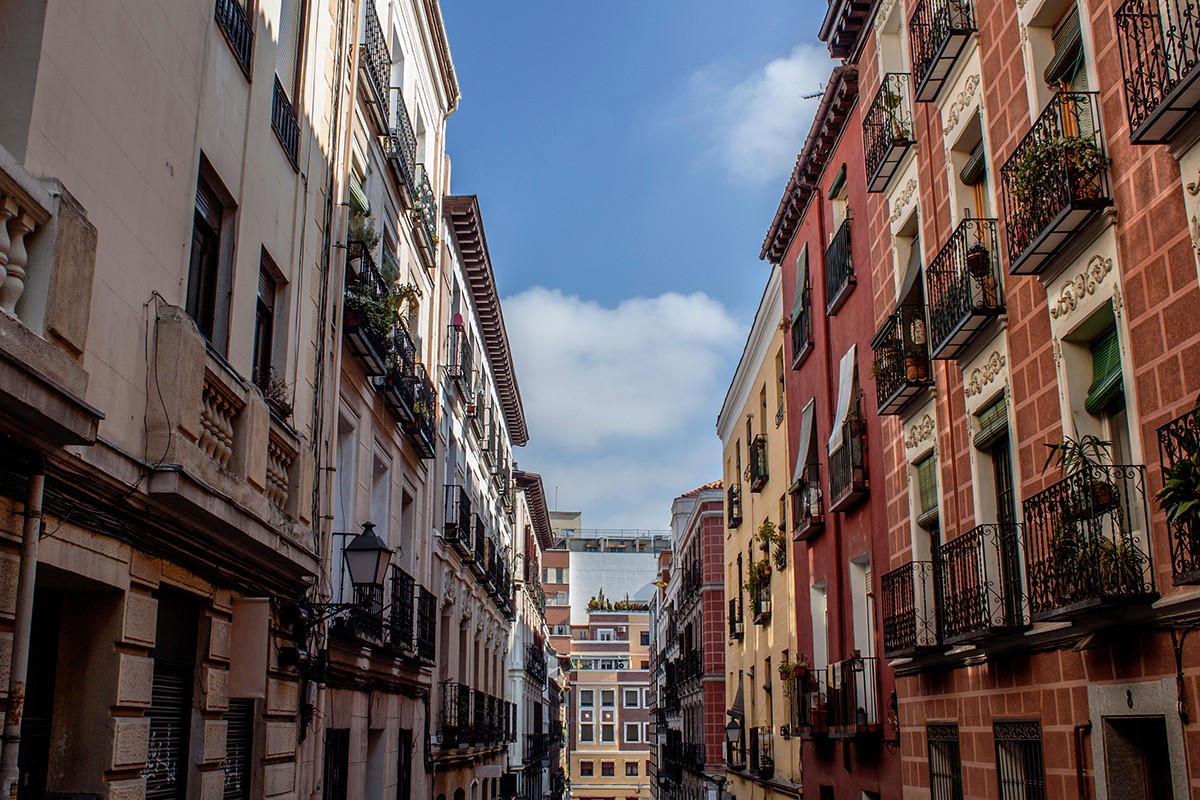
This neighbourhood is one of the best in Madrid for dining and drinking, but it was foremost a historic area, home to various notable writers during the Golden Age of Spanish Literature. It’s a really atmospheric place full of tapas bars, restaurants, and the Prado, Reina Sofia and Thyssen-Bornemisza are all close by!
Things to do in Madrid in the rain
Visit the extensive Museo Nacional de Prado

Madrid’s most famous museum and probably the most popular attraction, Museo Nacional de Prado was one of the world’s first public art museums, opening in 1819. It features collections that have been gathered by royalty throughout the years.
There are lots of things to see in the Prado, including Flemish paintings from the 15th century, 16th and 17th French and Italian paintings, and the famous Velazquez Rooms. It’s what the Tate is to London or the Louvre to Paris, and there’s tonnes to see here – you could spend all day and not get bored!
You can click here for a skip the line ticket to Prado.
Tour the Royal Palace of Madrid

The Royal Palace is the official residence of the royal family of Spain, although it is nowadays only used for ceremonies. It was originally built by Muhammad I as a Moorish Alcazar, which was destroyed by fire in the 18th century. Shortly after, the palace was built in 1738.
It took 16 years to build, and King Charles III moved in in 1764. Tourists can visit for the guard change every Wednesday at 11am from October until July (which is sometimes cancelled due to weather or other conditions), as well as the Official Halls, Royal Armory and the Royal Pharmacy. These can be visited independently or with a guide.
The Royal Palace of Madrid is open from 10am-6pm October to March, and 10am-8pm April to October. It costs 11 euros for Adults and 14 euros for a guided tour. You can book a guided tour by clicking here. Students, seniors, and children only need to pay 6 euros, and entry is free if you have a Madrid Card.
Go Inside the Almudena Cathedral
Spain is a very religious country, and the Almudena Cathedral is the capital’s grandest place of worship. It was actually not built until 1879 – the Spaniards were busy invading Latin America and building cathedrals there instead! Controversially, is also said to be on the site of the historic Jewish neighbourhood, and is in a location where a mosque also used to stand. Spain’s inquisitorial past makes this a less than ideal site for a large cathedral; although the mosque was destroyed some 800 years before the cathedral was built.
Entry to the cathedral is free but donations are suggested. There is a museum on site that costs six euros to enter.
Go on a Biblioteca Nacional Guided Tour
The Biblioteca Nacional is the National Library of Spain. It was founded in 1711 and has a copy of every book that has been published in the country. There is also a free museum and exhibition rooms on site.
Tours of the BNE museum are offered every Tuesday and Friday at 5pm, and every Wednesday and Thursday at 10am.
Tours include the exterior staircase, the beautiful hallway, and the Italian Room and Board of Trustees room, while learning a little more about Spanish culture.
Do a Real Madrid Stadium Tour

Are you a footie fan? Then you should head to Tour Bernabeu, Real Madrid’s Museum, and the chance to see the inside of the stadium. You can opt for a self guided walk around the museum, which details the club and its worldwide stance, or a guided tour which will give you more information about the club.
Catch a Flamenco show

While Flamenco comes from the Andalucia region of Spain, there are plenty of shows to enjoy in the capital!
This dance is said to originate in the caves of Granada and merges Islamic music with Romana-style dancing.
Nowadays, there are shows all over Spain demonstrating the art form. They’re dramatic and incredible, and as they take place inside, they’re a great activity for Madrid in winter!
Stroll around El Corte Ingles
If you’re really looking for some things to do in Madrid in the rain, you could always walk around El Corte Ingles.
This is a huge Spanish department store, selling just about anything you can imagine!
It’s named after a tailor’s shop from the late 19th century – but it has grown to be one of the biggest chains in Spain. I personally find shops in other countries to be really interesting, and would happily spend a rainy day in Madrid absorbing local culture by walking around El Corte Ingles!
Try out a Spanish cooking class
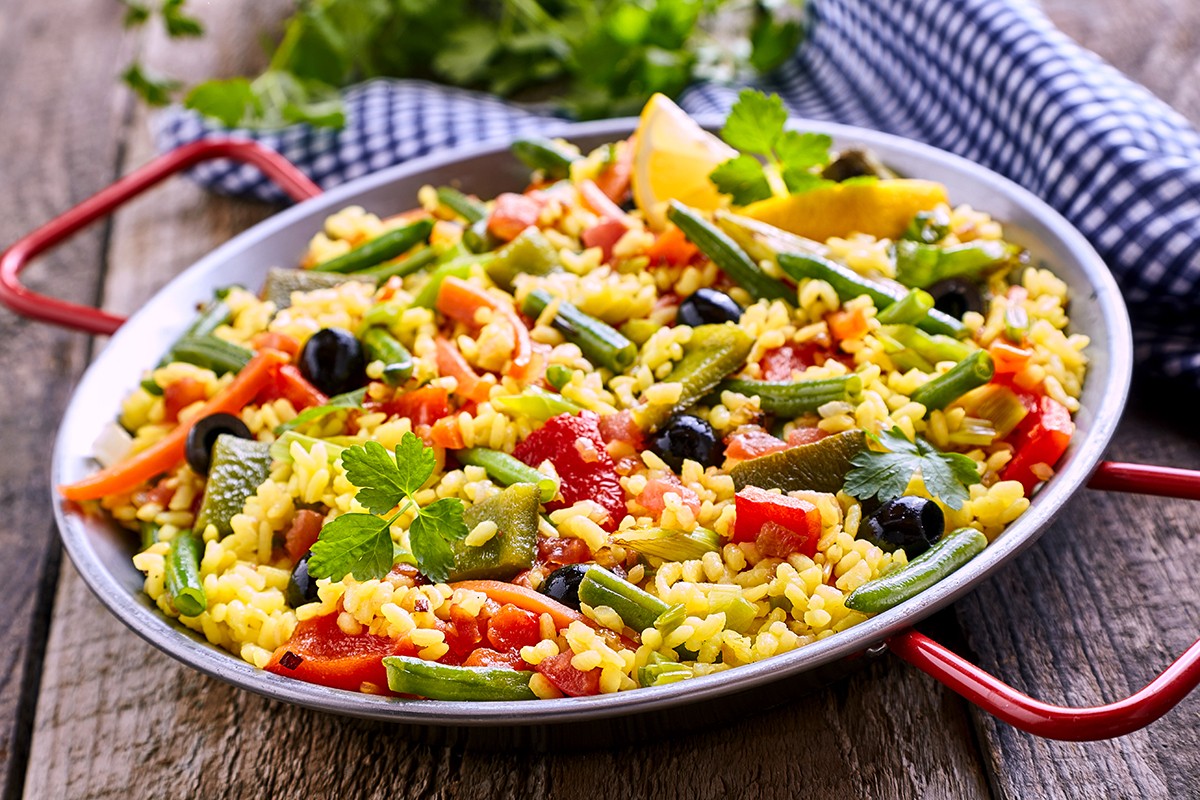
Do you reckon you’d be a great paella chef? Fancy trying your luck at making tapas? You should do a Spanish cooking class! This class is a four hour-long course featuring various Spanish dishes and sangria, and including a market visit with morning classes. Click here for more information!
Day trips from Madrid in the winter
Go to Toledo
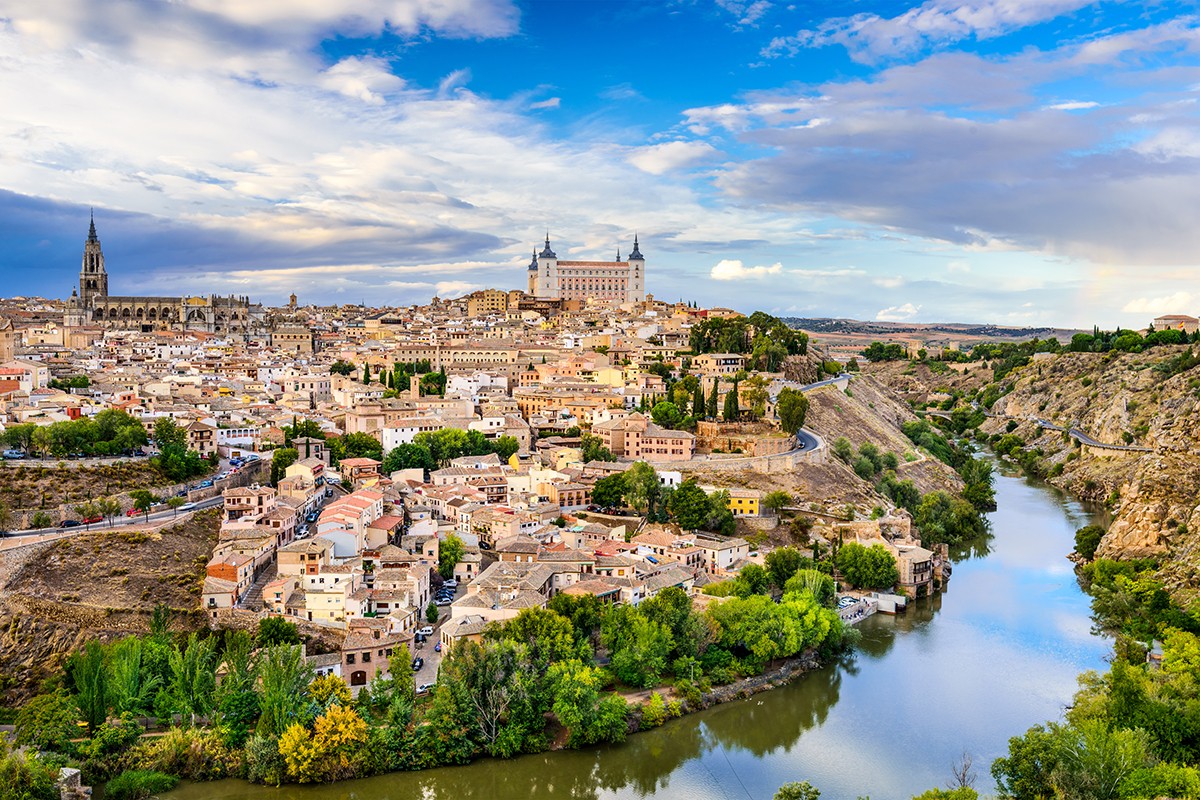
The ancient city of Toledo was the Spanish capital until 1560. It’s only an hour’s drive from Madrid, and unsurprisingly it’s full of historic buildings and monuments.
Don’t miss:
- The Catedral Primada which was finished in the 15th century and took 200 years to build,
- The Alcazar which is a Moorish fortress
- Monasterio de San Juan de los Reyes which is a Francisacan monastery built during Isabella I’s reign
Toledo is about an hour from Madrid. You can easily take a bus there – or see below for a tour of Toledo and Segovia!
See historic Segovia
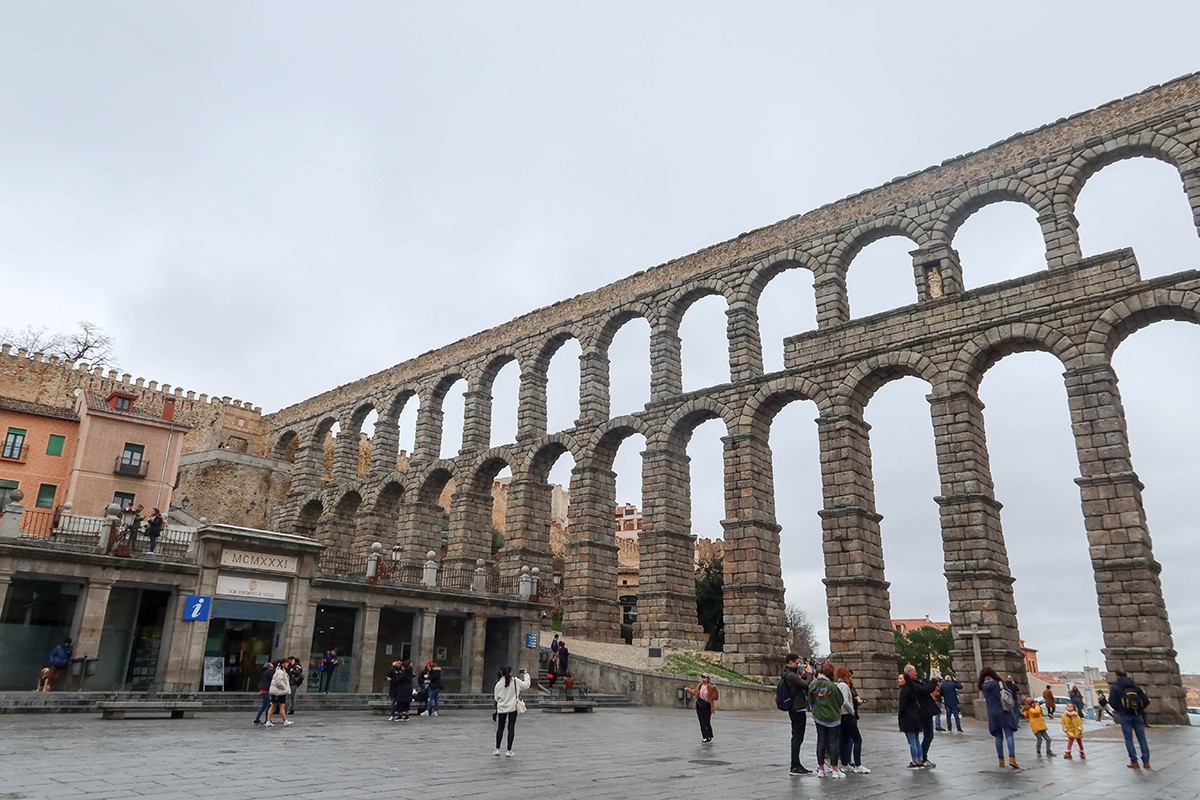
Segovia is a UNESCO world heritage site, with a Roman Aqueduct at its heart that covers more than 17 kilometres! Also in Segovia is a beautiful cathedral and its own Alcazar. It is about an hour and a half from Madrid.
Alternatively, you can sign up to this guided tour that includes both Toledo and Segovia. This is perfect if you only have one spare day but want to go to both cities, as the travel time and logistics of buses makes it difficult to visit both cities in one day with public transport. Click here for the tour!
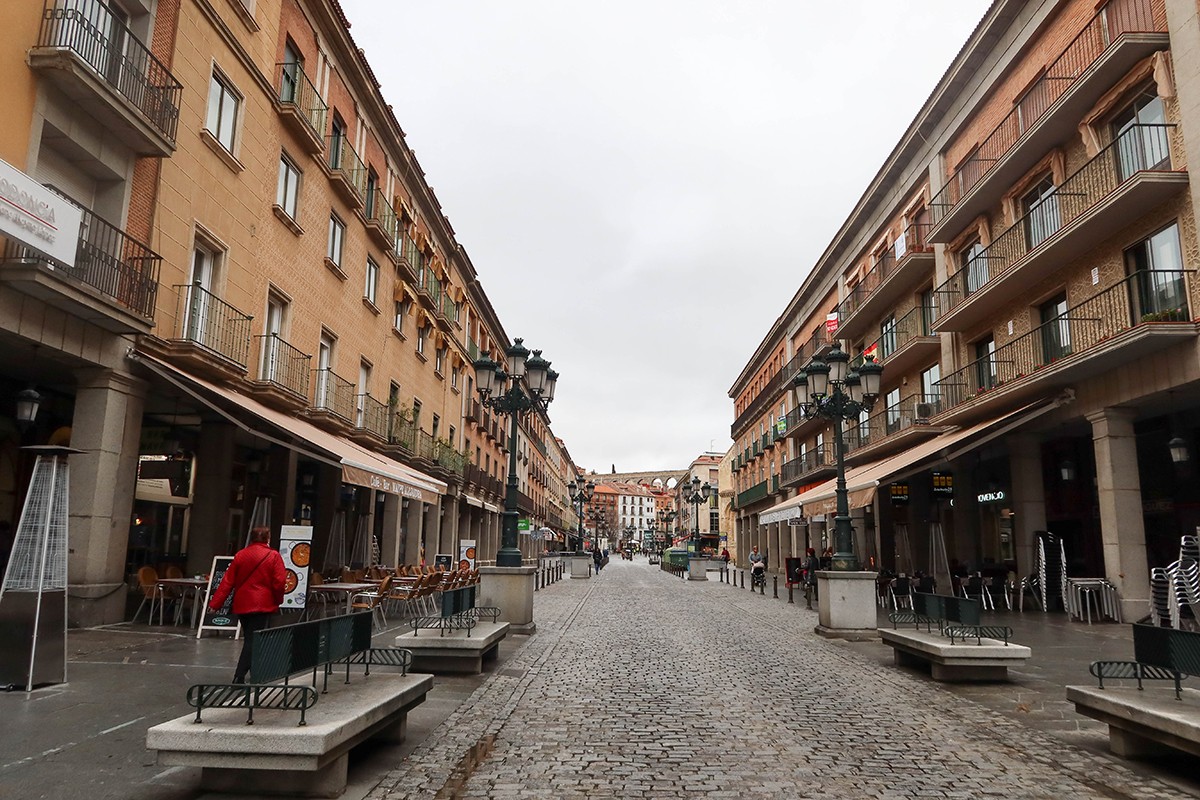
As Toledo and Segovia’s attractions are mainly cultural, they’re both fine to visit if you’re in Spain in winter.
Things to do in Madrid at Christmas
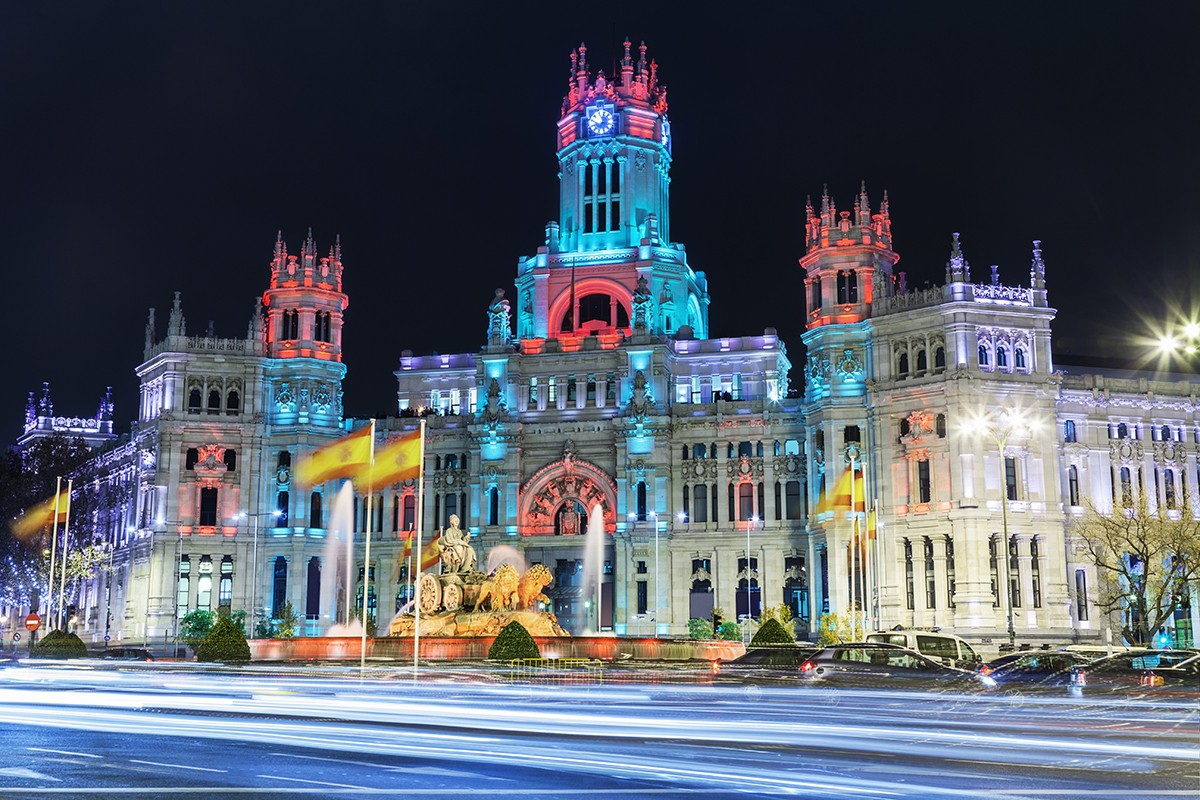
Spain is a very Catholic country, so Christmas is most certainly a thing here. If you visit Madrid at Christmas, you’ll be able to enjoy the various Christmas markets dotted around the city. You’ll certainly end up at Plaza Mayor Christmas Market if you’re in Madrid in December or the end of November, but you could also check out Plaza La Luna and Plaza de Espana – which finishes in January.
Puerta del Sol has the biggest Christmas tree in the city, and there are some beautiful lights there. Gran Via always has a stunning light show too.
If you’re in Madrid in January, stick around to watch the Three Kings Parade on the 5th. It’s an evening walk through the centre – from Plaza de San Juan de la Cruz to Plaza de Cibeles – with some of the best festive cheer on the continent – a great way to round off the Christmas season!
Things to do in Madrid at New Years
In Spain, there is a tradition that people eat 12 grapes at midnight to mark the New Year – this is mainly celebrated at Puerta del Sol in Madrid. There are also plenty of bars and clubs doing New Years nights, as well as some Christmas markets that are still operating. Its size and variety of things to do make it a great place to spend new years!
Where to eat in Madrid
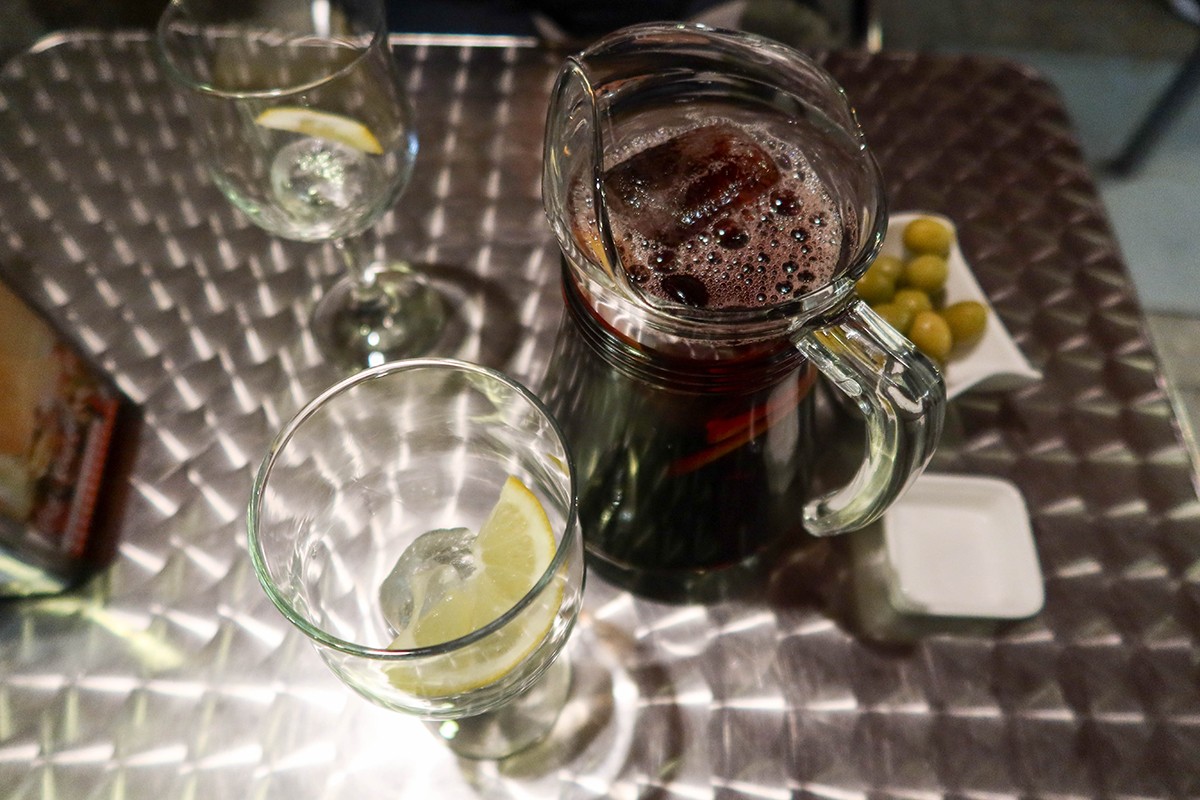
- Visit the Chocolateria San Gines, which is potentially the most famous churro cafe in Madrid. It was founded in 1894 and is the ultimate place to enjoy this authentic Spanish dessert.
- I found 100 Montaditos a great place to get some cheap drinks and tapas. It serves small bites and different beers and wine (including tinto de verano, which is drunk more frequently than sangria here), at very low prices.
- La Manduca has great affordable tapas and larger sharing dishes.
- Federal Cafe doesn’t serve traditional Spanish food, but is the place to go if you are looking for delicious healthy breakfasts.
Most of my eating experiences in Madrid have happened just because I’ve stumbled upon a bar or restaurant and decided to try it out – I encourage you to do the same!
Where to go from Madrid
Don’t wait for the summer to explore Spain! Spain in winter still has a lot to offer. From the sunny south coast cities, like Malaga, to the east coast cities of Valencia and Alicante, to the Canary Islands which stay warm year-round, there are places to catch a few rays in the country, or you could head to the mountains for snowy weather, or just enjoy cultural attractions elsewhere in the country.
Alternatively, I’ve used Madrid as a stopover on the way to sunny Mexico. There are cheap flights with AeroMexico and Mexico City is still warm and sunny in winter!
Winter in Madrid – It’s great fun!
I hope that this post has inspired you to travel in the offseason, as there are still plenty of ways to enjoy winter in Madrid. Winter means fewer crowds, cheaper prices and less strain on locals with overtourism – and as you can do most of Madrid’s attractions in the winter, why wouldn’t you go then?

